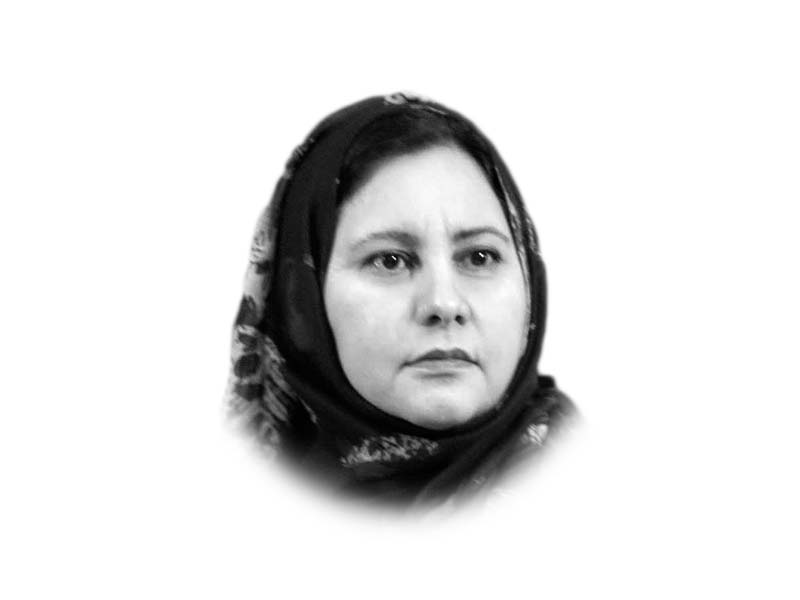
The difference in the West Bank is that whereas South African Bantustans were spread in the two large countries, all the Bantustans of the West Bank are small sets of city centers, townships and villages within the tiny 5,655 square kilometres area dissevered by a network of walled passages and checkpoints that make it practically impossible for a person living in one locality to enter another without passing through humiliating obstacles erected by alien Israeli forces.
The International Court of Justice is not ambiguous upon the fact that the West Bank is in fact ‘occupied’ by Israel. In 2004, the ICJ ruled that the “construction of the wall being built by Israel, the occupying Power, in the Occupied Palestinian Territory… would be tantamount to de facto annexation”.
Though part of the so-called Peace Process, the Oslo Accord II divided the West Bank into Area A (18%), Area B (22%) and Area C (60%), the Palestinian Authority controls only Area A, while Area B is jointly controlled and the whole of Area C is under full Israeli control. This means that the Palestinian Authority has a minimal control over less than half of the West Bank or only 10% of Mandate Palestine.
Reportedly, Ariel Sharon visited South Africa in the 1980s and idealised the Bantustan model as the most appropriate solution to the conflict. And the Oslo II seems to be an extension of Sharon’s idea, allowing Israel to systematically squeeze the Palestinians into small, disconnected socio-economic centers that would be increasingly dependent upon Israel for their commerce and decreasingly dependent upon each other — normalising a de facto alienation from the wider concerns of sovereignty and unified national action.
The Israeli government has set up a West Bank Closure System to control and restrict Palestinian freedom of movement with a network of “manned checkpoints, concrete roadblocks and barriers, metal gates, earth mounds, tunnels, trenches and an elaborate set of permit-restrictions”. The UNOCHA recorded 522 permanent roadblocks and checkpoints in 2011 with an addition of about another 495 flying checkpoints erected on a monthly basis which means that at an average any Palestinian in the West Bank has only 10 square kilometres of free movement area to his or her disposal.
But living in such restricted vicinity is practically not possible, which is why a large number of Palestinians have to pass these checkpoints every day. Accounts of long and frustrating lines at checkpoints of Palestinians facing humiliation and endless delays at the hands of the Israeli occupying forces are well documented and speak of the feeling of being trapped and suffocated — a feeling that eventually exploded in the form of Intifada before!
Since 2001, the Machsom Watch, a group of Israeli women, has documented the conduct of Israeli soldiers at the checkpoints in the West Bank. Horrific tales of how the Palestinian men, women and children are lined up outside their vehicles, their belongings are striped, they are verbally abused at gunpoint and several times denied passage through the checkpoints, have been repeatedly published.
The over 700 km long wall and the checkpoints have created an Israel-dependent economy for the West Bank. As the developed Israeli side attracts cheap labour from the West Bank and entraps them into purchasing Israeli products, the syphoning of ‘growth’ into Israel has been the inevitable result. Restriction on movement and access to water has made it impossible for those in the West Bank to till their lands, the bulk of which lies in Area C. Oslo II also allocated 71% of mountain aquifer water to Israel, and henceforth Israel has controlled the water supply to the West Bank with a veto power, often cutting the supplies, especially in the summers, thus completing the psychological and economic enslavement of the people.
According to a 2017 Human Right Watch Report, “Israeli-imposed restrictions designed to keep Palestinians far from settlements forced them to take time-consuming detours and restricted their access to agricultural land… Israel continued construction of the separation barrier, 85 per cent of which falls within the West Bank rather than along the Green Line….” The report remarks on Israel’s systematic house demolition process, saying that “of the 381 Palestinian homes and other property demolished in the West Bank in 2017 as of November 6, displacing 588 people, Israeli authorities sought to justify most for failure to have a building permit”, while the 607,000 settlers residing in unlawful settlements in the West Bank are considered by the same forces as legitimate. At an average of five per family, at least 3,000 would have been thrown out of their homes in that year alone — where will they be relocated, if not into another Intifada!
But will Israel’s post-colonial-colonisation model succeed in diminishing the fire of yet another Intifada from the bosoms of the Palestinians of the West Bank by systematically taming them into a ‘regime of normalisation’ as indicated by Nasser Abourahme. In his essay on the city of Ramallah, Nasser says, “Tethered between indirect colonial occupation and the restless mobilisation of local urbanity — neither directly occupied nor free, besieged but somehow vibrant. In its spatialisation of new Palestinian wealth and power, Ramallah has rewritten the coordinates of local politics, generated new class and professional interests and forged new consumption-based subjectivities. Here, an elite-driven production of space intertwines with and often complements the changing mechanisms and tools of Israeli control by reinforcing a burgeoning ‘regime of normalisation’.” Nasser’s anticipations may indeed be true, because time and constant hopelessness do change human behavior which is prone to adaptation. Yet the seed of unjustness sown in the foundations keeps growing into thriving trees in the backdrops of a nation’s life. Even when the people have learned to live in their dark shades, they will stand as symbols of agony in their memories until the time they have ultimately been severed.
Published in The Express Tribune, April 5th, 2019.
Like Opinion & Editorial on Facebook, follow @ETOpEd on Twitter to receive all updates on all our daily pieces.










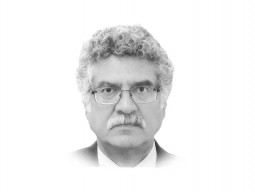
1735025557-0/Untitled-(96)1735025557-0-270x192.webp)
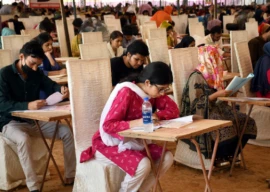
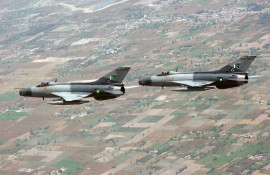


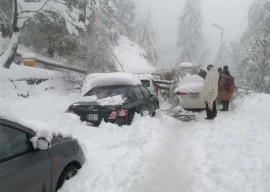


COMMENTS
Comments are moderated and generally will be posted if they are on-topic and not abusive.
For more information, please see our Comments FAQ